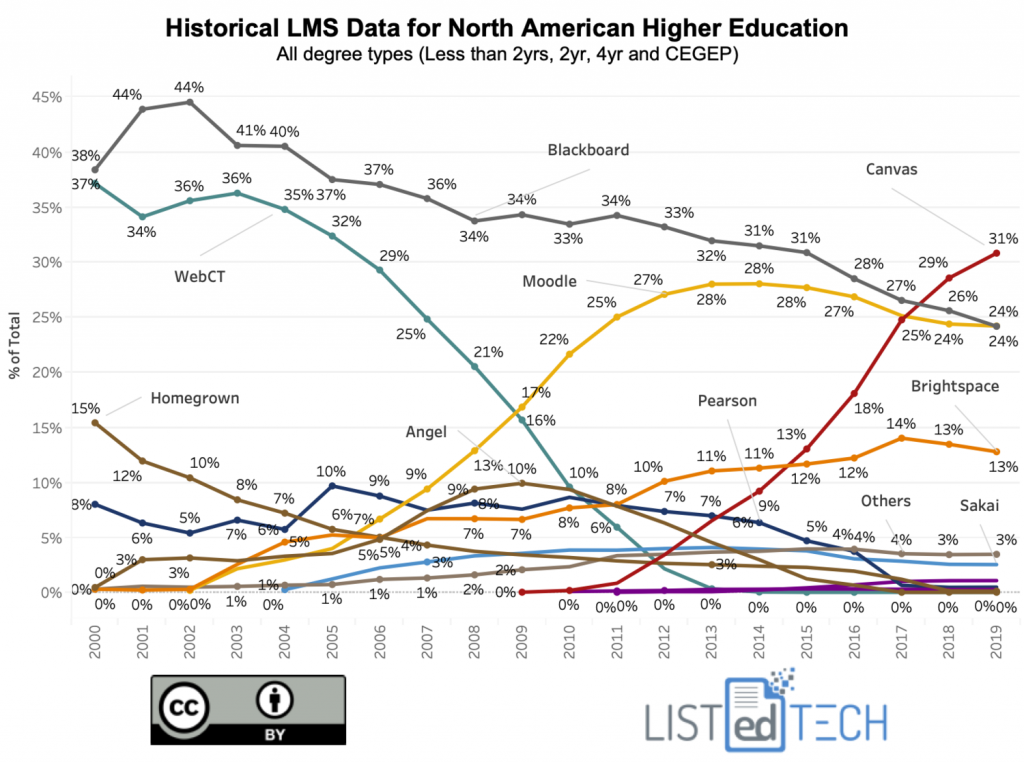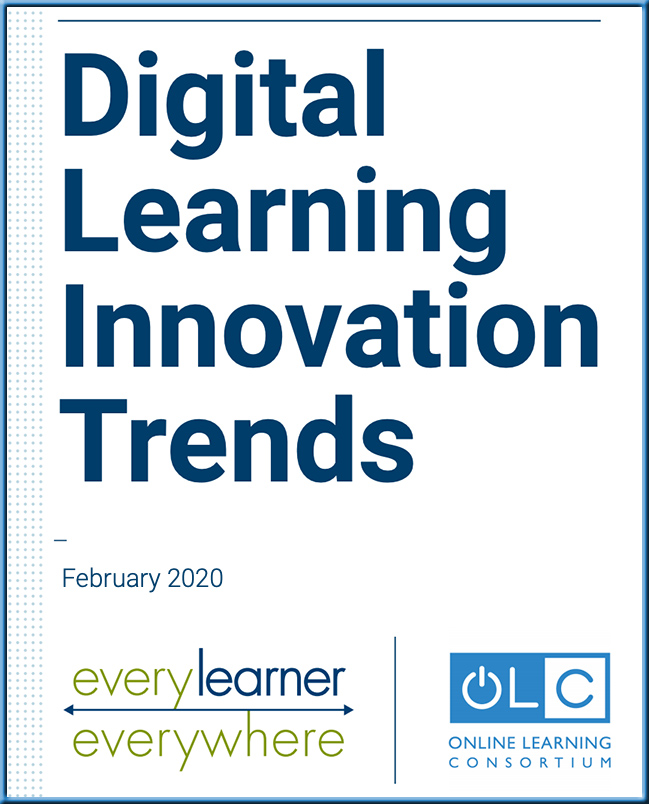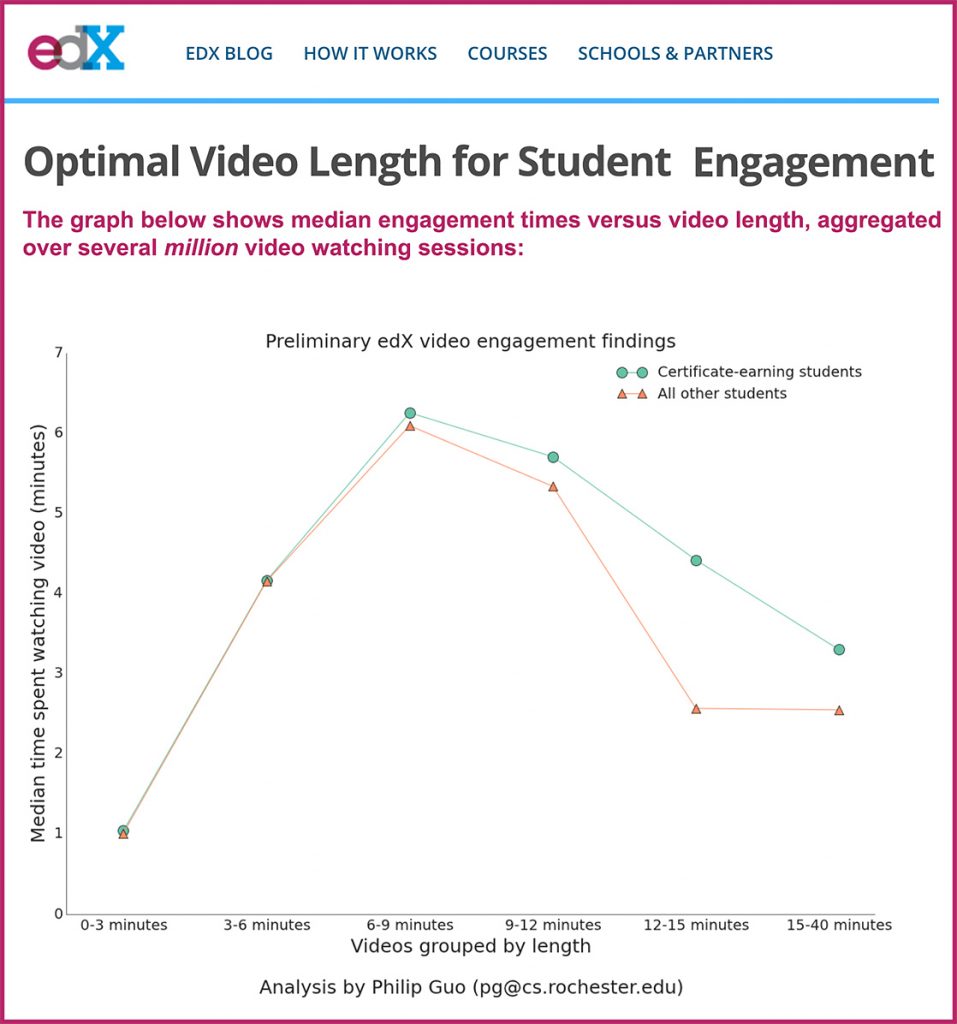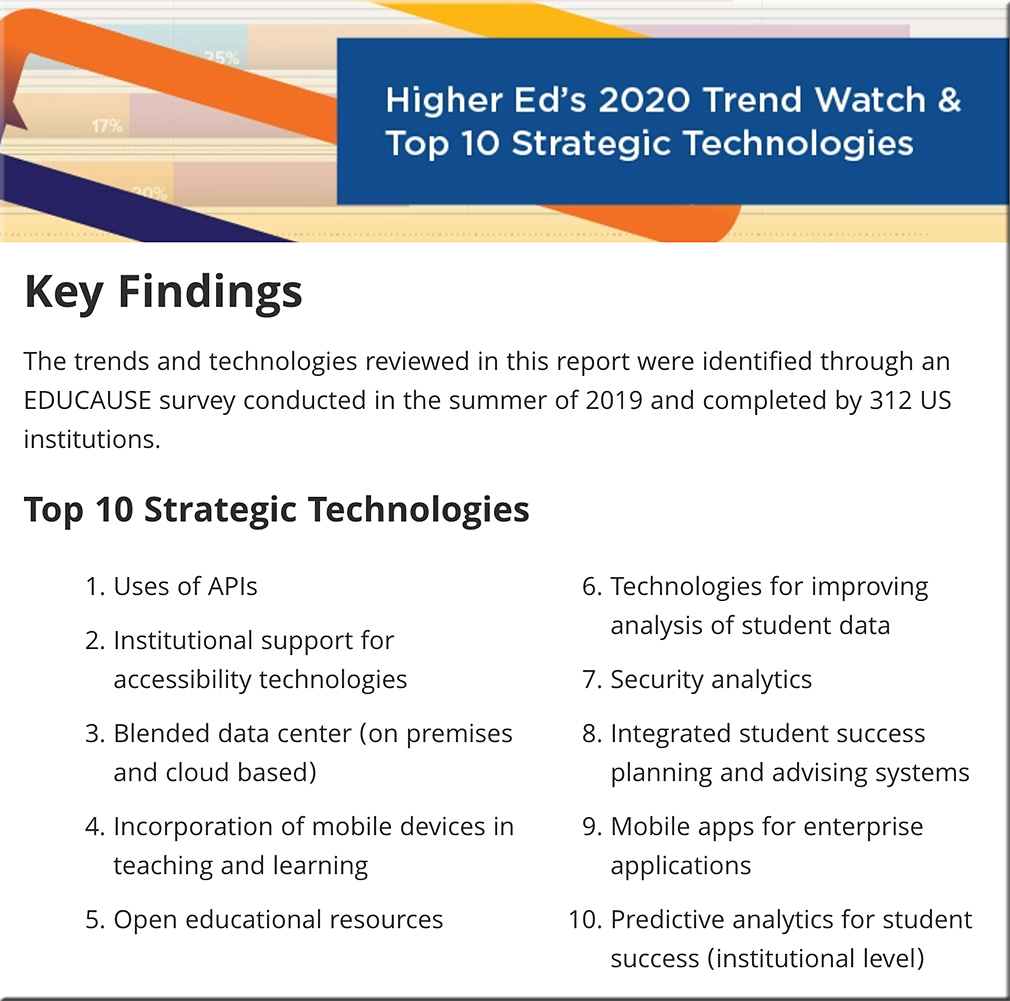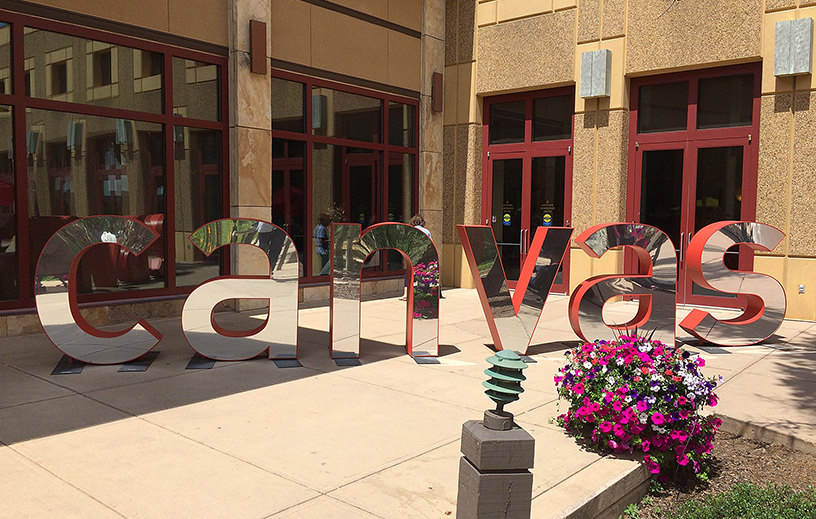Getting Campuses Ready for the Coronavirus — from insidehighered.com by Chuck Staben
What should leaders be doing to prepare their colleges if the situation worsens? Chuck Staben offers suggestions.
Colleges Prepare for Coronavirus Outbreaks on Campus — from wsj-com by Melissa Korn
Task forces map out prospects for quarantines, class cancellations as schools brace for virus spread
Teaching during a campus closure…— from linkedin.com by Bill Knapp
Here are some suggestions on preparing your on-campus students in the event of an unexpected campus closure (#COVID-19).
Coronavirus Forces Universities Online — from .insidehighered.com by Lindsay McKenzie
Compelled to close their campuses to limit the spread of coronavirus, U.S. universities with Chinese branches move at lightning speed to take teaching online.
NYU Response to Coronavirus Accelerates Digital Tool Adoption — from campustechnology.com by Dian Schaffhauser
Excerpt:
Instructors conducted some 700-plus sessions during the first week, using a multitude of tools to enable live feedback and interaction in both synchronous and asynchronous ways, including learning management system NYU Classes, media sharing service NYU Stream, web and audio conference tool NYU Zoom and commenting utility VoiceThread.
Keith Ross, dean of Engineering and Computer Science at NYU Shanghai, suggested that the health crisis has one silver lining: It’s bringing the faculty up to speed with online teaching tools in quick order. In a university article about the efforts, he mused that once the crisis has passed, faculty may choose to integrate the use of some of the tools into their traditional face-to-face courses.
…
NYU Stream and VoiceThread are letting students interact asynchronously. They can watch pre-recorded videos uploaded by instructors and then take quizzes, ask questions, make annotations and communicate with classmates using text, audio and video. Also available for use: NYU Web Publishing to publish and manage blogs; Slido and Piazza to conduct community voting and quizzes; Slack to support office hours; and Examity to proctor exams remotely.
How to Respond to Coronavirus: 6 Steps for Schools — from edweek.org by Mark Lieberman










